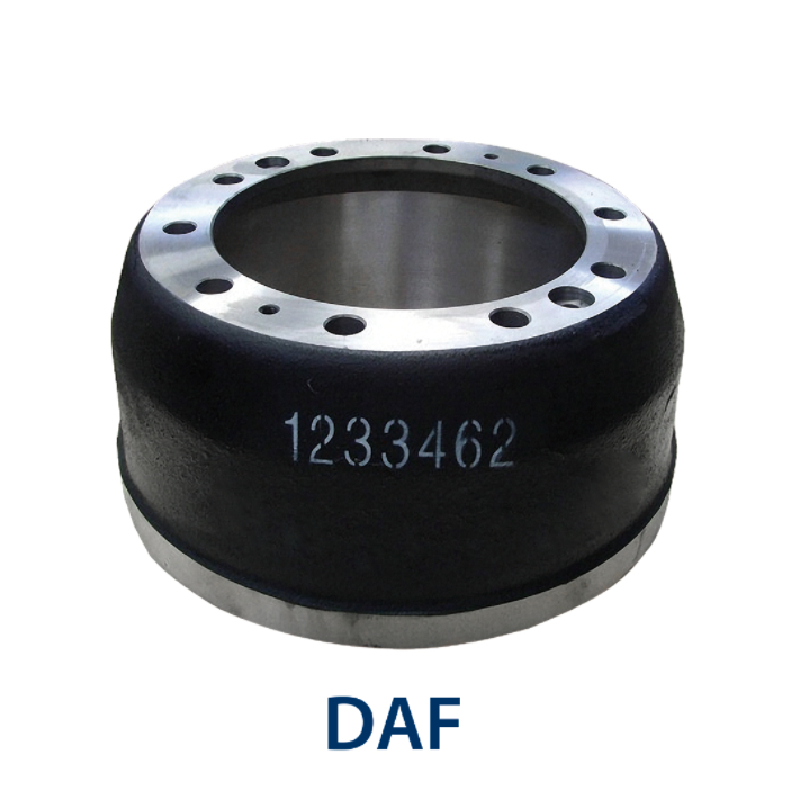Dec . 01, 2024 04:18 Back to list
are brake drums the same as rotors
Are Brake Drums the Same as Rotors? Understanding the Differences
When it comes to vehicle braking systems, two terms that often come up are brake drums and rotors. While they both serve the critical function of helping your vehicle stop, they are quite different in design and function. Understanding the distinctions between these two components is essential for any vehicle owner looking to maintain their car’s braking system effectively.
What Are Brake Drums?
Brake drums are cylindrical components found in drum brake systems. They are typically made of cast iron or aluminum and are attached to the wheel hub. When the brake pedal is pressed, brake shoes inside the drum expand outward, pressing against the inner surface of the drum to create friction. This friction slows down the rotation of the wheel, ultimately bringing the vehicle to a stop. Drum brakes are commonly found in older vehicles and certain applications where cost-effectiveness is a priority, such as in the rear brakes of many trucks.
What Are Brake Rotors?
Brake rotors, on the other hand, are flat, disc-shaped components used in disc brake systems. Similar to drums, rotors are also made from materials like cast iron or carbon composite, with many modern vehicles utilizing vented or slotted designs to enhance performance. When the brake pedal is engaged, brake calipers squeeze brake pads against the rotor, generating the friction needed to slow down the vehicle. Disc brakes provide superior stopping power, more effective heat dissipation, and better performance in wet conditions compared to drum brakes.
Key Differences Between Brake Drums and Rotors
are brake drums the same as rotors

1. Design and Composition - Brake drums are cylindrical and enclose the brake shoes, while rotors are disc-shaped and work with brake pads. - Drum brakes tend to have more complex designs with various components, whereas disc brakes have a more straightforward design.
2. Friction Mechanism - In drum brakes, friction is generated by the expansion of brake shoes against the inner surface of the drum. - In disc brakes, friction occurs when the brake pads clamp down on the rotor.
3. Performance Characteristics - Drum brakes can overheat more easily than disc brakes due to limited ventilation. - Disc brakes typically offer better performance, especially in high-performance and emergency stopping situations.
4. Maintenance and Repair - Drum brakes can be more challenging to maintain because of their internal components. - Disc brake systems are generally easier to inspect and replace brake pads, making routine maintenance less cumbersome.
Conclusion
In conclusion, brake drums and rotors are fundamentally different components, each with unique designs and functions within a vehicle's braking system. Understanding these differences can help vehicle owners make informed decisions regarding maintenance and upgrades. While drum brakes may still be in common use, especially in certain applications, disc brakes are increasingly becoming the standard due to their superior performance and safety features. Whether you're driving a classic car or a modern vehicle, knowing how your braking system works can aid in ensuring your safety on the road.
-
[Product ]-[Company Name]|[Core Function 1]&[Core Function 2]
NewsJul.22,2025
-
HINO Advanced Machinery Solutions - LONGYAO COUNTY YIHANG MACHINERY | Industrial Efficiency&Customization
NewsJul.21,2025
-
HINO Machinery Solutions - LONGYAO COUNTY YIHANG MACHINERY MANUFACTURING CO.LTD | Precision Engineering, Customizable Configurations
NewsJul.21,2025
-
HINO Machinery Solutions - LONGYAO COUNTY YIHANG MACHINERY MANUFACTURING CO.LTD | Precision Engineering, Customizable Configurations
NewsJul.21,2025
-
HINO Machinery Solutions - LONGYAO COUNTY YIHANG MACHINERY MANUFACTURING CO.LTD | Precision Engineering, Customizable Configurations
NewsJul.21,2025
-
HINO Industrial Solutions|Precision Engineering&Energy Efficiency
NewsJul.21,2025
